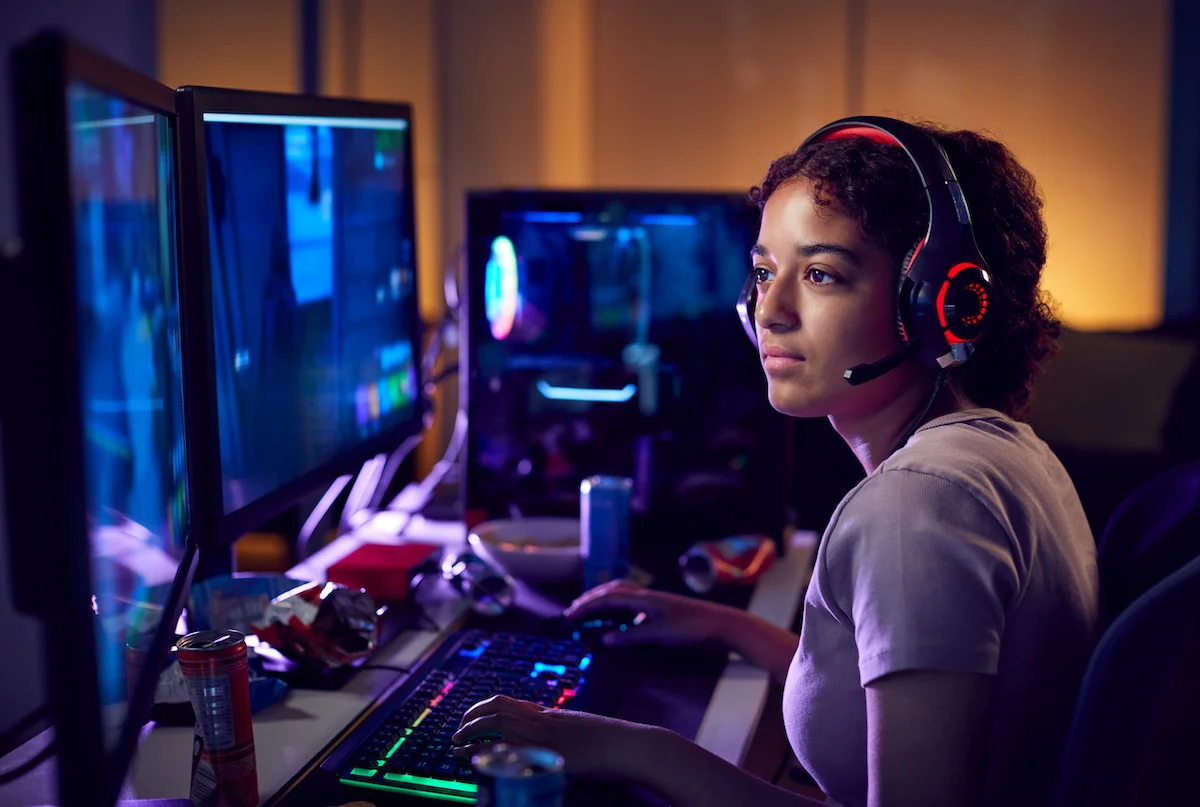Gamer’s Thumb: How Video Games Can Hurt
Gamer’s Thumb: How Video Games Can Hurt
An injury from an online game? It’s not as crazy as it sounds, or even that uncommon. You’d be surprised how prevalent Repetitive Strain InjuriesRepetitive Strain Injuries (RSI’s) are for the millions upon millions of video game and esports players there are in the country and the world at large. The back to school season will no doubt bring up cases of “computer elbow” for schoolchildren across the nation.
Many Gen Xers and millennials remember the golden age of gaming at “amusement arcades”. Pioneering of such legendary games was “Computer Space” of 1971, which featured an interstellar backdrop with flying saucers and blasts from a traveling rocket.
Throughout the 1970s many other games left their mark: Pong (1972), Heavyweight Champ (1976), and Space Invaders (1979). In pizza parlors and neon-lit arcade dens, gamers emptied their pockets of quarters in pursuit of perfection, their wrists maneuvering joysticks all the while. Carpal Tunnel Syndrome (CTS) and other forms of overuse injury frequently resulted.
The median nerve of the hand travels into the wrist at the “carpal canal”— a passageway in the body that connects to the forearm. Repeated strain and the compression of the nerve can cause pain, and there may be soreness of the “transverse carpal ligament”.
Who can forget the classics of the 1980s? Pac-Man (1980), Donkey Kong (1981), Ms. Pac-Man (1982)… these classics accelerated both happy memories (nostalgia revived by The Palace Arcade in the pop-cultural hit “Stranger Things”) as well as repetitive strain injuries.
With the North American release of the classic Nintendo Entertainments System in 1984, childhood memories of an entire generation would be sculpted. But not without a related phenomenon: “Nintendo Thumb”. This has existed for decades, receiving academic study in recent years. It amounts to several things: repeated thumb movements stress tendons, nerves, as well as ligaments of the hands which causes pain that can radiate or shoot up the arm.
“Tennis elbow” (lateral epicondylitis) and tendinitis (swelling of the tendons) have been known to occur, in addition to bursitis (inflammation of fluid-filled sacs around the joints) and Carpal Tunnel Syndrome. A more prolonged and severe form of this can present itself as De Quervain Syndrome.
The American Academy of Orthopedic Surgeons describe De Quervain’s tenosynovitis as: “swelling of the tendons that run along the thumb side of the wrist and attach to the base of the thumb. This occurs when the tendons are constricted by the sheath that they run through to get from the wrist to the hand.”

As video games and gaming culture have evolved over the decades, so has the nature of injuries from overstrain associated with them, and preventative measures put in place as safeguards. Jefferson Health reports that video gaming injuries are on the rise. These days, it is common for gamers to “binge” on gaming sprees and esports marathons, and to livestream their endeavors for a global audience of thousands, if not millions. These can go on for over twelve hours at a time. Understandably, enthusiasm can outrun the body’s ability to keep up with repetitive strains.
At ReclaimAbility, we appreciate the joy that the gaming tradition has generated for so many, but advocate for responsible time management and routine, and ergonomic practices to prevent injury. Should Repetitive Strain Injury occur, we offer a variety of services (such as ultrasound & fluoroscopy guided injections) to alleviate and manage any pain that may ensue. We’ll reclaim your ability to get you back to the game of life.



